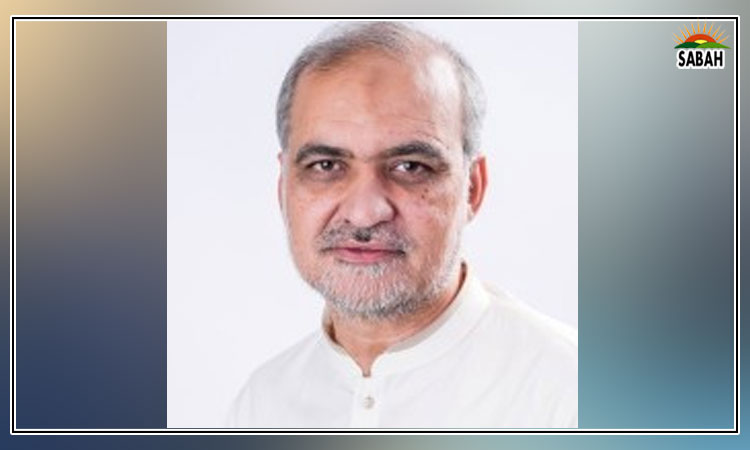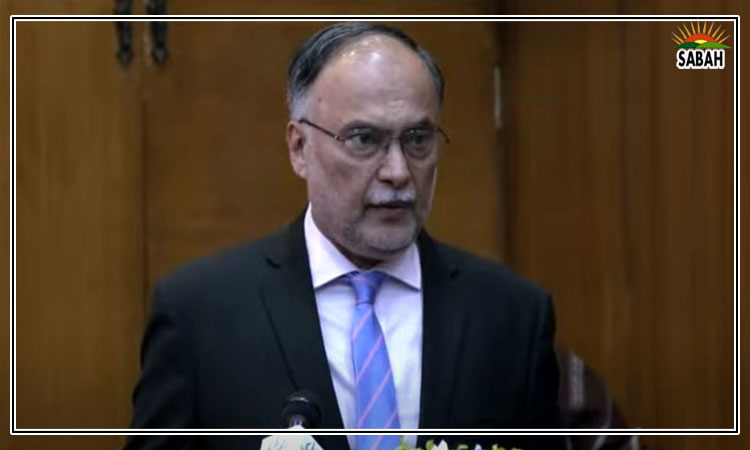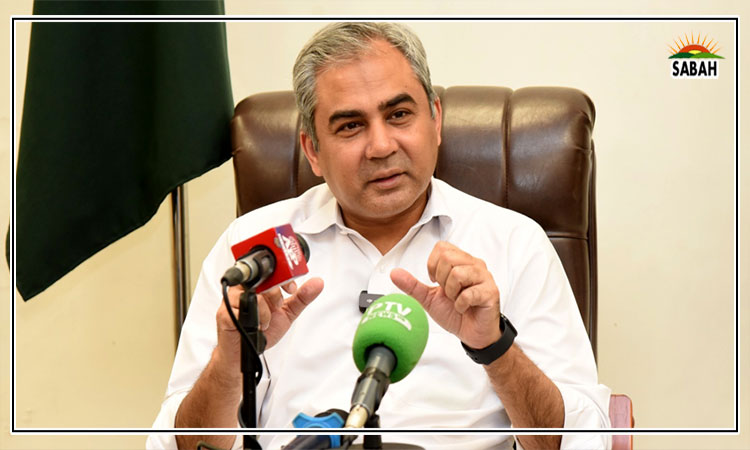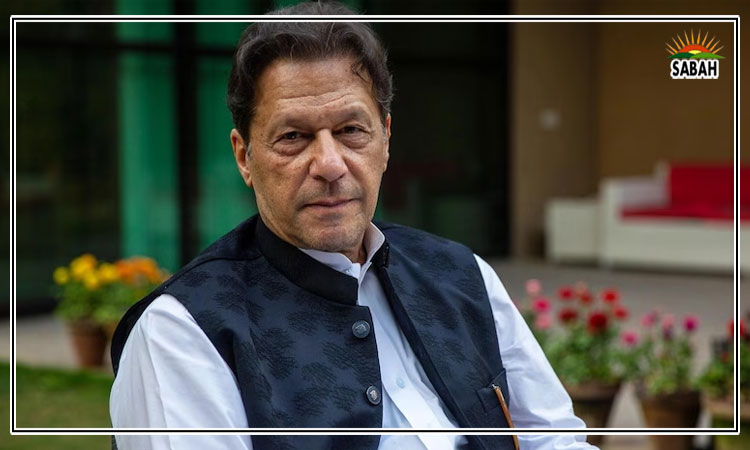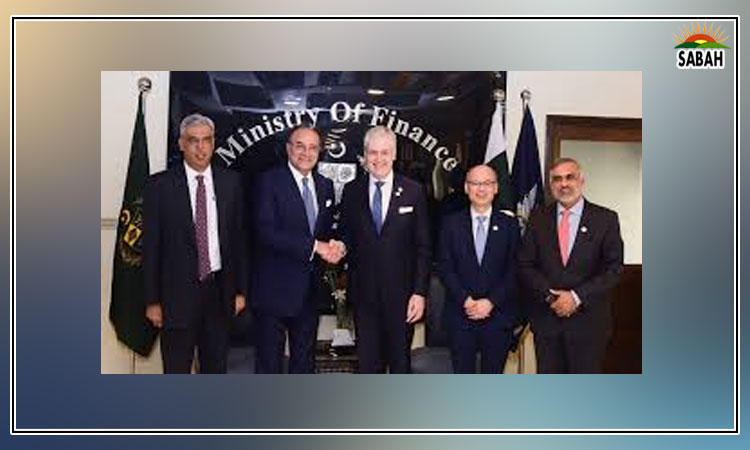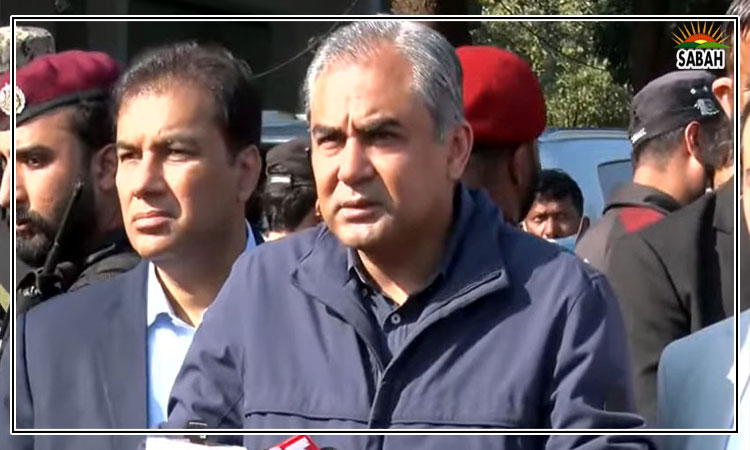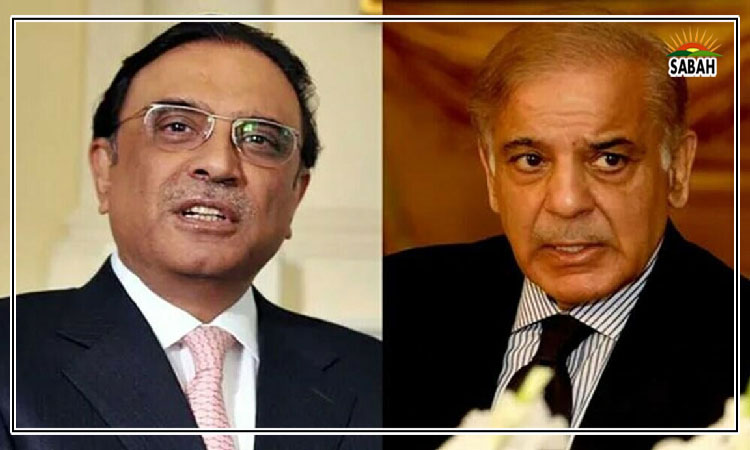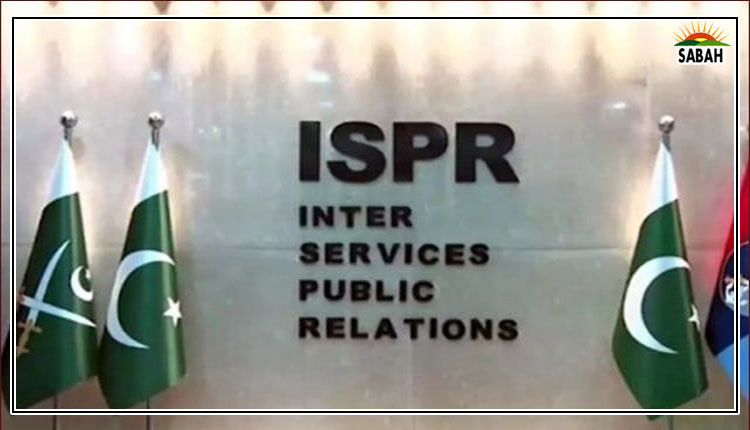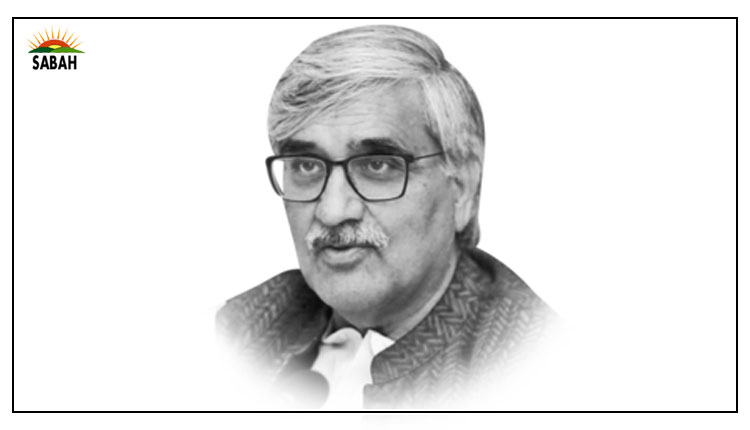Electoral gender gap…Ahmed Bilal Mehboob
THE good news is that the gender gap among registered voters is narrowing with every new release of the electoral rolls. The latest registered voters statistics of July 25, released recently by the Election Commission of Pakistan (ECP), indicate a gender gap of 7.9 per cent, which is the lowest over the past 21 years, and is almost equal to the lowest recorded such gap of 7.67pc in 2002.
Not only has the gap narrowed, the addition of female voters since June 20, 2023 when the last edition of electoral rolls was released has outstripped additional male voters, as 504,755 women voters were added to the electoral rolls compared to the 408,643 male voters during the last one month. The number of registered women voters, therefore, has increased at a quicker pace, registering a 0.9pc growth compared to mens registered votes which has increased by 0.6pc since June. This trend seems to be holding in the longer perspective as well because womens registered votes increased by over 25pc compared to mens votes, which have increased only by about 16pc since May 2018.
The gender gap among registered voters had started rising after the 2002 elections and reached a peak of a little less than 13pc at the time of the 2013 polls. Several interventions by the ECP, civil society and international donors helped stem the tide. Effective advocacy ahead of the 2013 election led to the generation of district-wise gender-based voters statistics which helped in identifying the districts with the highest gender gap, followed by focused action to provide CNICs in those districts. Nadra provided mobile vans to spare women in villages and remote locations the inconvenience of travelling to Nadra offices, which can take a whole day to complete the formalities for a CNIC a prerequisite to registering as a voter.
The ECP, for the first time, separately counted votes cast by women in the 2013 general election as a pilot project, which gave an idea of women voters turnout at each polling station, and overall in each constituency, province and country. The separate counting of womens votes was formally adopted as regular practice during the 2018 elections. In general, a lower women voter turnout in most of the constituencies also raised the level of awareness about the electoral gender gap.
There are potentially 3.5 million eligible women voters who are not registered on the rolls.
Because of these multiple efforts, the gap gradually started coming down after the general elections of 2013 and the downward trend continues. This progress over the years should be commended and the narrowing of the electoral gender gap be applauded. However, we should not overlook that there are potentially around 3.5 million eligible women above the age of 18 who are not registered as voters. Although the ECP and some other entities estimate the gender gap to be over 10m, by subtracting the total number of registered women voters (58.47m) from a total number of male registered voters (68.51m), this methodology is somewhat questionable, because it assumes that the number of male and female registered voters should be equal, which cant be the case because the female population in the country is, in fact, less than the male population.
According to the census of 2017, the percentage of women in the national population is 48.79pc. Sadly, the gender-wise population in the 2023 census is still not available, and therefore, one may assume that the same percentage of women is applicable even in 2023. Assuming that women voters percentage of the total registered voters should be the same as in the overall population, the desired number of registered women voters nationally should be 61.96m compared to the 58.47m who have actually registered as voters in the recent electoral rolls, leaving a gap of around 3.5m women, which translates into 2.75pc of the total registered voters.
Irrespective of the methodology of estimating the gender gap, the fact remains that we have a serious issue, ie, a large number of eligible women are missing in our voters list. An estimated 3.5m women voters translates into over 13,000 voters on average in each of the 266 National Assembly constituencies. This number of voters is larger than the margin of victory in over 100 NA constituencies, which means that the missing women, if registered as voters, can alter the results of more than a third of the national legislature. The prevailing electoral gender gap is, therefore, not only tantamount to denying the right of franchise to such a large number of women, it also casts a dark shadow over the fairness of elections in the country.
In India, our next-door neighbour, which embarked on its democratic journey as an independent state concurrently as Pakistan, the gender gap among registered voters as of March 2023 is 3.26pc. Using the method of estimation conventionally employed, this comes to less than half of the gender gap of 7.9pc in Pakistan. In case we estimate the gender gap by the other method explained in the article, the registered voters gender gap percentage in Pakistan (2.75pc) works out to be a whopping 21 times greater than Indias gender gap percentage (0.13pc)!
The same drastic contrast can be seen in the women voter turnout in Pakistan and India. In the general election of 2018, the women voter turnout was recorded at 46.25pc, which was 5.25 percentage points lower than the overall voter turnout. Indias women voter turnout in the 2019 Lok Sabha election was 67.19pc, just 0.21 percentage points below the overall voter turnout.
It is quite obvious that Pakistan has a lot of catching up to do with regard to closing the electoral gender gap. One is tempted to plead that getting a CNIC to be able to register as a voter may be made mandatory, but intensification of the CNIC-making campaign and greater emphasis on civic education focusing on women, especially in the rural areas, may quicken the pace of minimising Pakistans electoral gender gap.
Courtesy Dawn


